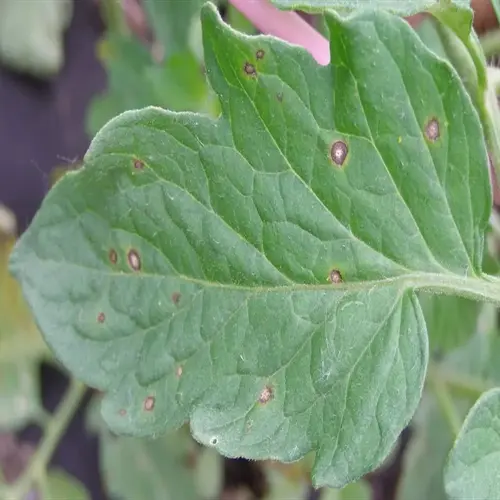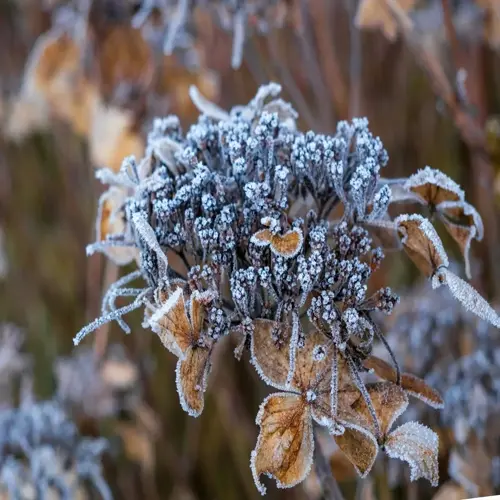Do cannabis plants need special grow lights?

Written by
Nguyen Minh
Reviewed by
Prof. Samuel Fitzgerald, Ph.D.Cannabis plants behave differently in lighting conditions compared to most houseplants. Their growing cycles require certain light spectrums and intensities, which differ from those used with most houseplants. I lost my first cannabis crop to fluorescent lighting. Knowledge of these specific requirements will yield healthy development and high yield.
Complete-spectrum LED systems offer maximum efficiency for cannabis. Full-spectrum systems encompass a wide range of wavelengths to support both vegetative and flowering phases. Unlike standard lights, they integrate extra UV/IR channels. These provide sensory stimuli to enhance resin and cannabinoid production.
Vegetative Stage
- 400-600 PPFD intensity range
- 16-18 daily light hours
- Blue-dominant spectrum (450nm)
- Cool white temperatures (5000K-6500K)
Flowering Stage
- 600-900 PPFD intensity
- Strict 12-hour photoperiods
- Red-dominant spectrum (660nm)
- Warm white temperatures (2700K-3000K)
Supplemental Lighting
- UV-B (280-315nm) boosts resin production
- IR (730nm) triggers protective responses
- Apply during final 2-3 flowering weeks
- Limit exposure to 1-2 hours daily
Photoperiod discipline must be strictly maintained throughout plant development. Vegetative plants require a consistent photoperiod of 16-18 hours of light. The flowering stage requires precise, undisturbed 12-hour dark photoperiods. Any light leaks during a dark period might cause the plant to grow hermaphroditically. Timers help avoid human error with photoperiod cycles.
Make intensity adjustments weekly. PPFD should be increased gradually during the vegetative growth stage. Max PPFD exposure during flowering is 900. Light meters help ensure consistency with measurements. Supplemental UV/IR boosts should not be more than 2 hours a day.
Avoid common lighting mistakes. Continuous 24-hour lighting stresses plants. Insufficient intensity causes stretching and weak stems. Wrong spectrums reduce terpene production. These errors significantly diminish both yield and potency.
Read the full article: 10 Best Indoor Grow Lights for Healthy Plants

